“Virginia is for Oyster Lovers,” Virginia connoisseurs of this tasty mollusk have been saying. Virginia’s Chesapeake Bay area is the perfect place to raise them, with its varying combinations of salt and freshwater. In fact, Virginians have been eating Chesapeake Bay oysters since the early 17th century when Jamestown was founded. And now, this sweet and salty seafood is making a resurgence on the plates of Virginians the state over, making Virginia the new “Oyster Capital of the East Coast”. So in honor of November being Oyster Month, here’s what you need to know about Virginia oysters.
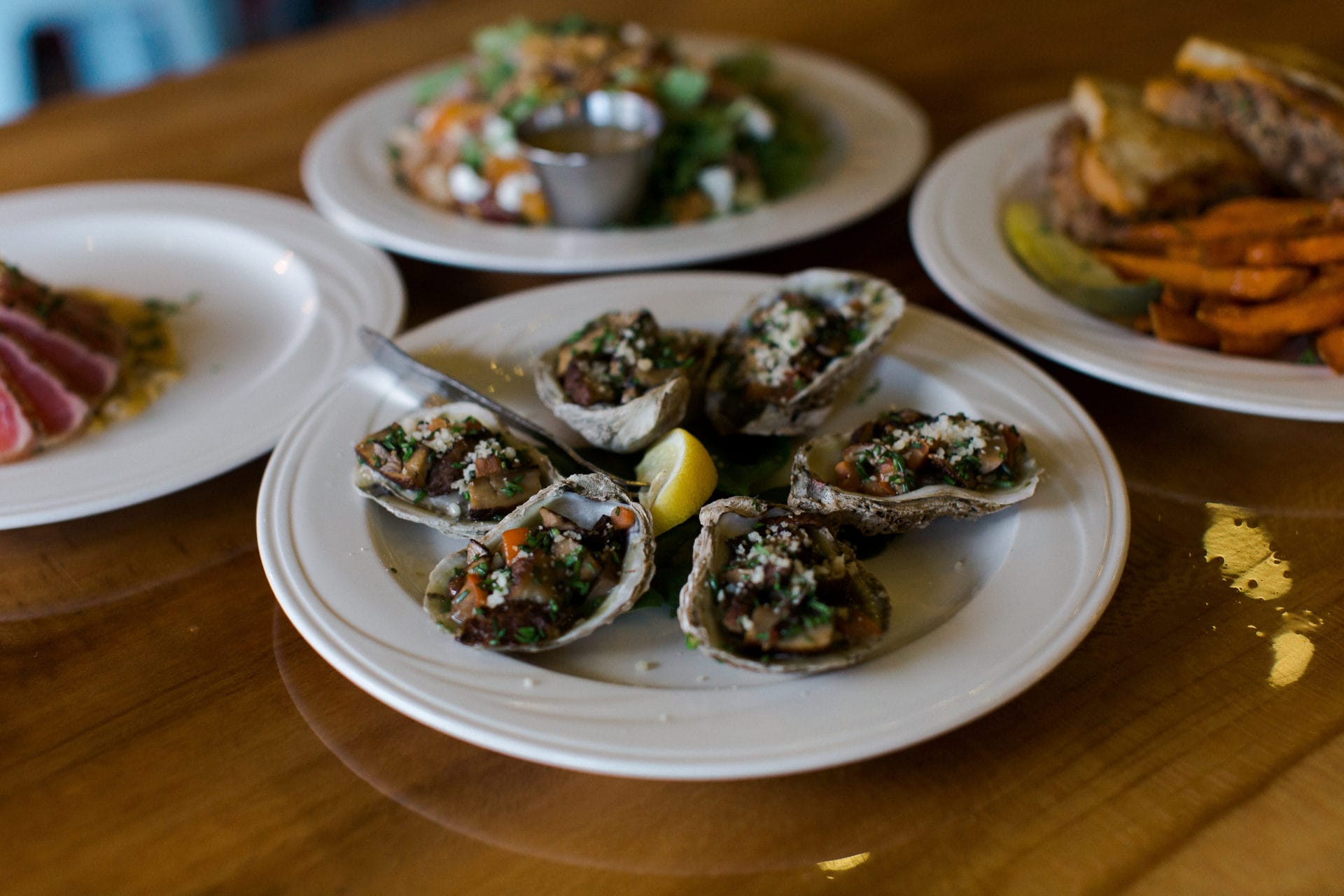
They Almost Died Out
In the 1800s and 1900s, rapid population growth and river pollution threatened to end the existence of Virginia oysters, as they were becoming few and inedible. But around the turn of the millennium, government officials, environmentalists and watermen put their heads together to see what could be done to save both the Bay and the oysters that grew within it. They put a plan together to clean the Bay and the four Virginia rivers which lead into it (including the James River, which runs through Lynchburg), and from there introduce healthy oysters into the ecosystem. Their efforts were a success, and today, the Chesapeake Bay oyster industry is experiencing a renaissance.
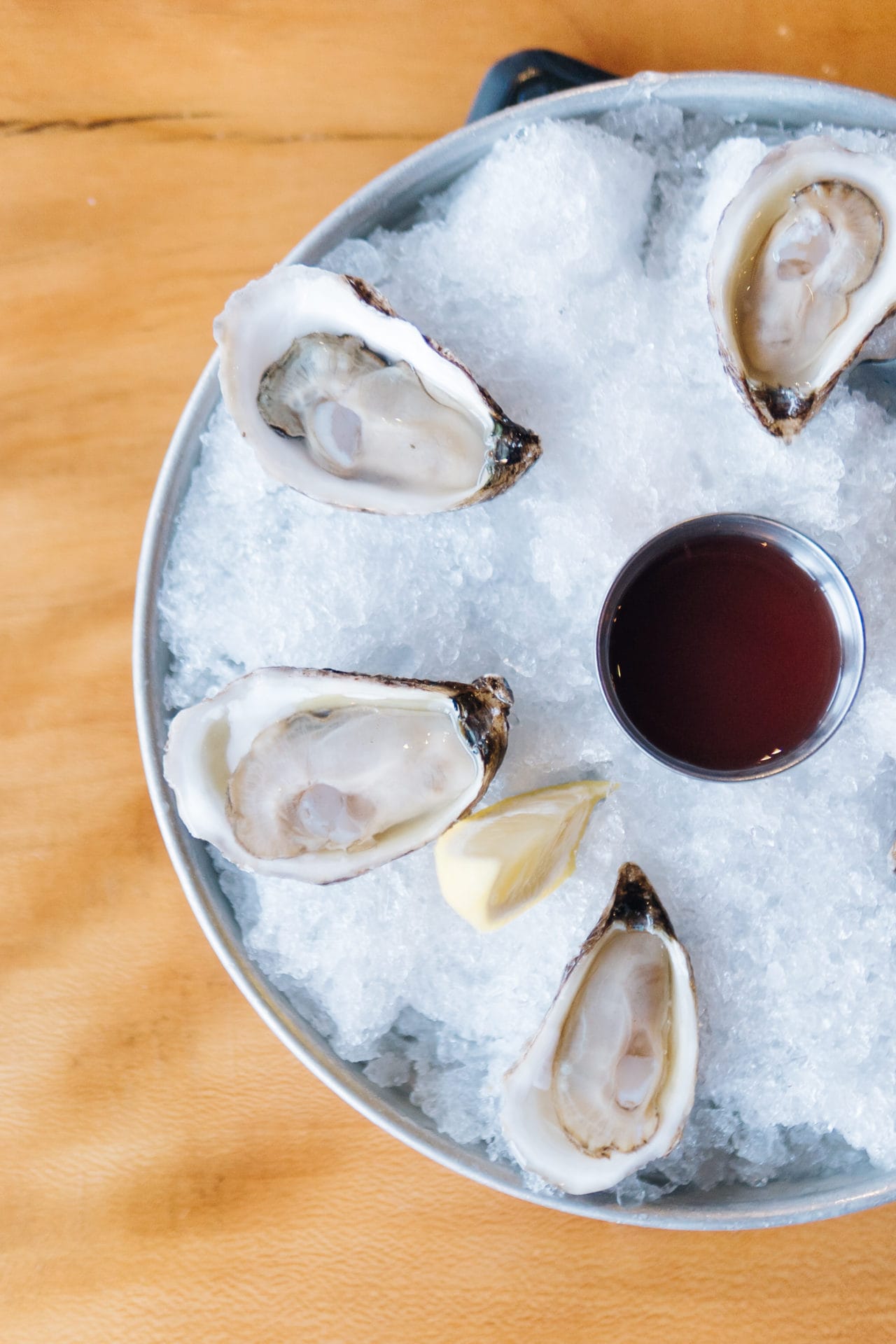
You Can Cook Them Any Way You Want (Or Not At All)
You can cook oysters to your preference: baked, steamed, roasted, fried, grilled, you name it. You can even eat them raw.
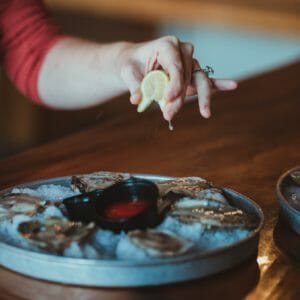
They Pair Well With Wine
Yes, indeed, oysters and wine has become a popular eating experience to the discerning Virginian seafood palate. In fact, with the resurgence of oyster dishes, oyster bars have been springing up along Virginia rivers where it’s easy to get access to these tasty morsels, and every distinct oyster tastes good with a different wine pairing.
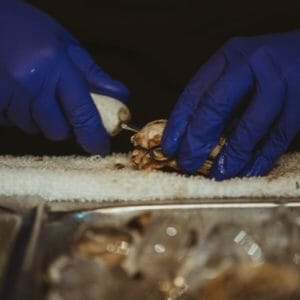
There Are Eight Distinct Harvesting Locations
Oysters grow all throughout the Chesapeake Bay. Due to the different locations and concentrations of salt, this also causes oysters to taste differently depending on which location they come from. That means that if you have a specific taste preference for oysters, you can probably find your favorite kind among one of these eight varieties.
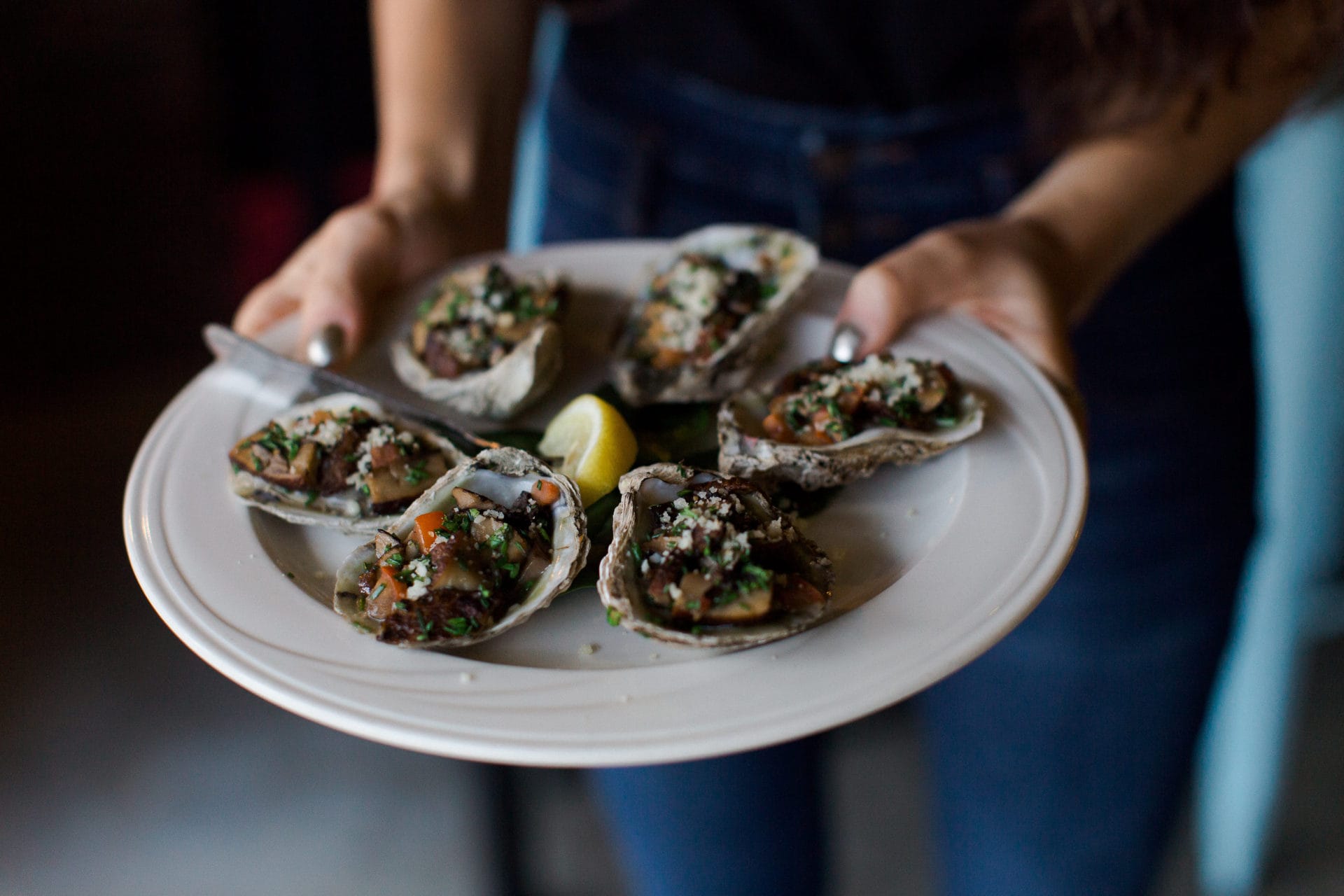
Seaside
Harvested from the ocean side of the Delmarva peninsula just outside the mouth of the Chesapeake Bay, these oysters have an initial bold salty taste, ending with a smooth buttery/creamy taste.
Upper Bay Eastern Shore
Harvested from the northeast part of the Bay, these oysters have a classic Bay taste with balanced sweet and salty flavors and a savory finish.
Lower Bay Eastern Shore
Harvested from the southeastern Chesapeake shore, these oysters sport a salty and creamy taste with a mellow sweetness and a quick finish.
Upper Bay Western Shore
Harvested from the northwestern area of the Bay outside the Potomac River, these are sweetwater oysters with a light cream taste.
Middle Bay Western Shore
Harvested from the middle area of the western shore outside the mouth of the Rappahannock River, these oysters taste slightly salty with a definite cream/butter taste and a hint of minerality.
Lower Bay Western Shore
Harvested from the southwestern edge of the Bay outside the York River, these oysters have a mild salty flavor with a sweet finish.
Tidewater
Harvested from the southern area of the Chesapeake outside the mouths of the York and James Rivers, these oysters have a salty-sweetness and a smooth finish.
Tangier/Middle Bay
Harvested close to the Upper Bay Eastern Shore oysters, but more toward the middle of the eastern shore, these oysters have a traditional Bay flavor with a balanced salty-sweet taste and a savory butter/cream finish.
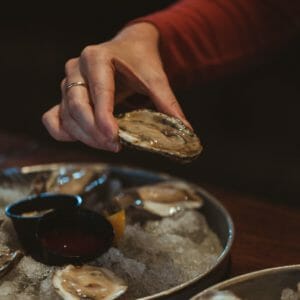
Where to Find Virginia Oysters in Lynchburg
Just as they are throughout Virginia, oysters are popular in Lynchburg. You can find them at multiple restaurants in town, such as The Water Dog, Shoemakers Grille, Depot Grille, Dish, The Dahlia, Main Street Eatery, Blue Marlin Seafood Market, and Isabella’s Italian Trattoria. So whether you’re a seafood aficionado or interested in trying something new, Virginia oysters are worth the effort of experimentation.
